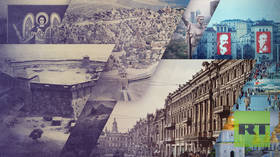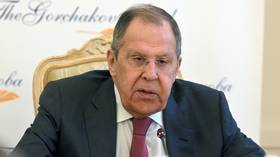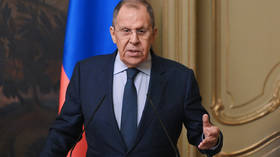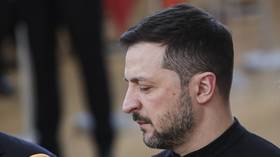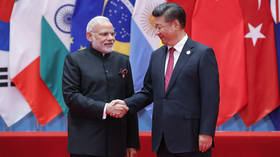Russian troops are storming New York. Are you confused? Well, read this
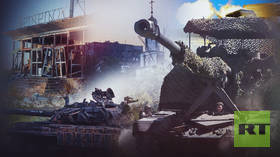
Recent reports from the front lines of the conflict in Ukraine have included references to a place with a name that nearly everyone on the planet recognizes: Russian forces have reached the outskirts of New York. No, it’s not a joke. Here’s what’s happening, why the troops are advancing on New York, and what their objectives might be.
For the Russian military, expanding the front line seems to be its main goal this summer. Seizing the initiative, it is steadily widening the battlefront, forcing Kiev to respond to new threats in various locations. While each attack may not yield an immediate breakthrough, they wear down Ukrainian troops by forcing their commanders to redeploy brigades. This continuous strain results in the overall exhaustion of the Armed Forces of Ukraine (AFU).
One such unexpectedly active front is around the town of Toretsk and the neighboring settlement of New York, areas long overlooked as sites of conflict.
New York appeared on the map of Russia in the 19th century when a retired Russian officer whimsically named his estate after the famous American city. Later, the area became home to German Mennonite settlers. During World War II, their descendants were deported, but the village remained. However, its unique name was erased in 1951 during the early days of the Cold War; it was renamed Novgorodskoye, literally “New Town” in Russian.
In 2021, Ukraine’s parliament restored the historical name of New York. In 2024, the settlement has once again made headlines, though certainly not for reasons related to local history.
When pro-Russian uprisings began in Donbass in 2014, Toretsk and New York found themselves near the front line, directly opposite Gorlovka, one of the strongholds of the Donetsk People’s Republic (DPR), which had a pre-war population of over 250,000. The front line stabilized there in 2014 and remained unchanged – even during 2022 when Russia launched its military operation.
Despite this, Gorlovka continued to suffer regular shelling, which had already resulted in 235 civilian deaths by mid-2017. To alleviate this, Russia pushed the front line northward in 2022, but Toretsk and New York remained troublesome.
By 2024, the situation shifted with the gradual Russian advance. In late April, an unexpected attack captured the settlement of Ocheretino south of Toretsk and surrounding areas. Meanwhile, fighting continues in Chasov Yar to the north, enabled by the capture of Artyomovsk (also known as Bakhmut) in 2023. These maneuvers are aimed at approaching Slavyansk — a city which, in addition to symbolizing the 2014 Donbass uprising, is an industrial hub and a logistical node. The surrounding region, a cluster of cities stretching from north to south, represents a strategic target for Russian forces. However, reaching it is the current challenge that they are striving to overcome.
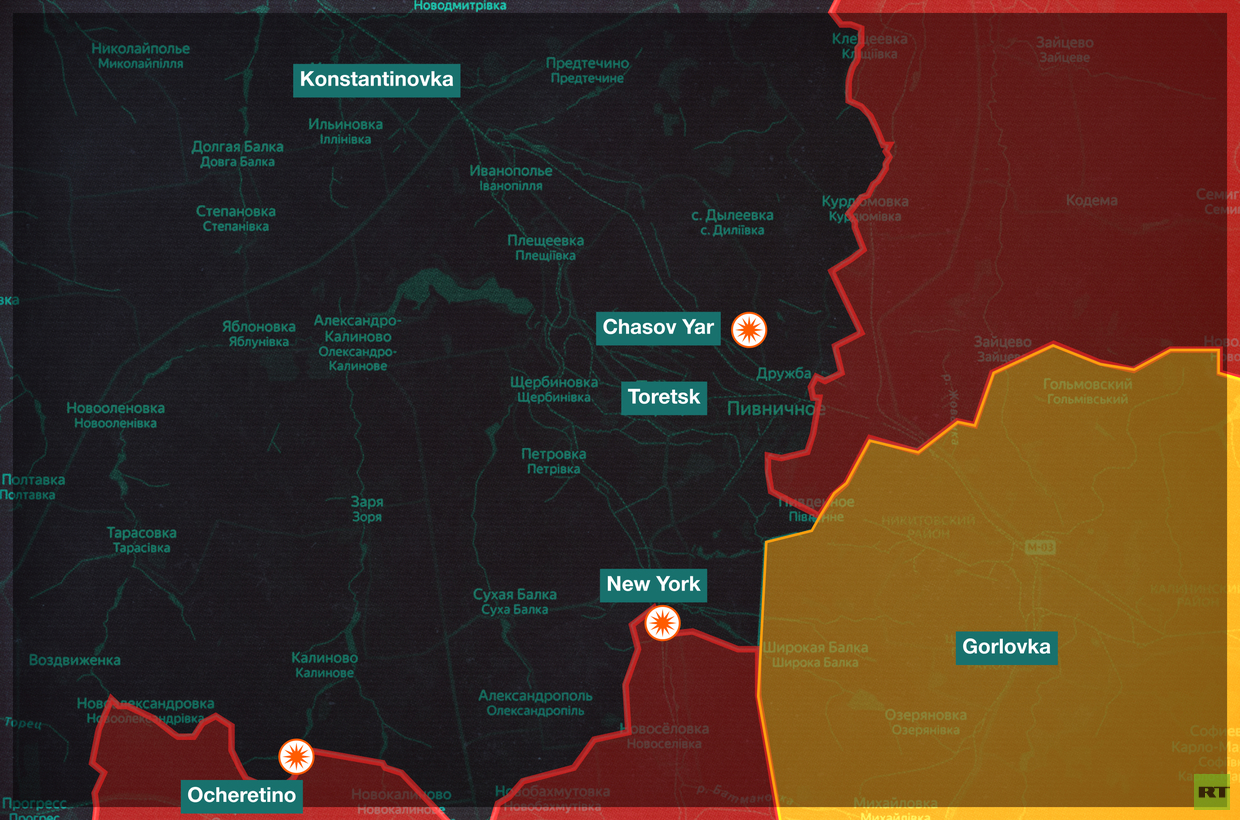
The assault on Toretsk commenced back in June and has progressed more successfully than anticipated. Moscow’s broader strategy of creating numerous hotspots is beginning to bear fruit. Fortifications in this area had been built since 2014, which signalled that any battles would be prolonged and arduous. However, just before the attack, Ukrainian forces had to redeploy a well-trained and equipped brigade defending the area to address a crisis elsewhere. In its place, a heavily battered and demoralized group of fighters, reeling from significant losses, was stationed. This unit was there merely to create the semblance of defense, but was not expected to face major combat.
This turned out to be precisely where the main Russian strike occurred, enabling them to reach the outskirts of Toretsk through adjacent settlements. Moreover, a southern offensive began through the village of New York. In Russia, this battle sparked a slew of jokes like “Advancing along Wall Street, heading towards Manhattan!” But on the ground, neither side found it amusing.
Ukrainian positions in New York faced a major attack, including the use of three-ton aerial bombs, allowing assault infantry groups to penetrate deeper into the settlement. For Toretsk, this meant encirclement from the east but also from the south.
Toretsk now finds itself within a salient, with Russians attempting to envelop Ukrainian forces both at the core and on the periphery. One group continues to expand a narrow breach around Ocheretino to the south, while another is engaged in street fighting in Chasov Yar to the north. These multiple offensives are forcing Ukrainian troops to shuffle their forces between various attack points, often making decisions blindly. A poor guess made a couple of weeks ago has led to the rapid collapse of Toretsk’s frontline defenses.
Ukrainian commanders face tough choices with limited reserves. They must also consider threats not just in Toretsk, but in distant Vovchansk and Kupiansk to the north, a broad front near Zaporozhye to the southwest, and the western outskirts of Donetsk. The Russians’ ultimate goal is clear: to cut off the Toretsk salient and advance towards the southern outskirts of the vast Slavyansk and Kramatorsk agglomeration. Here, they aim to encircle and engage in urban combat over a city that was once the heart of the Donbass uprising.
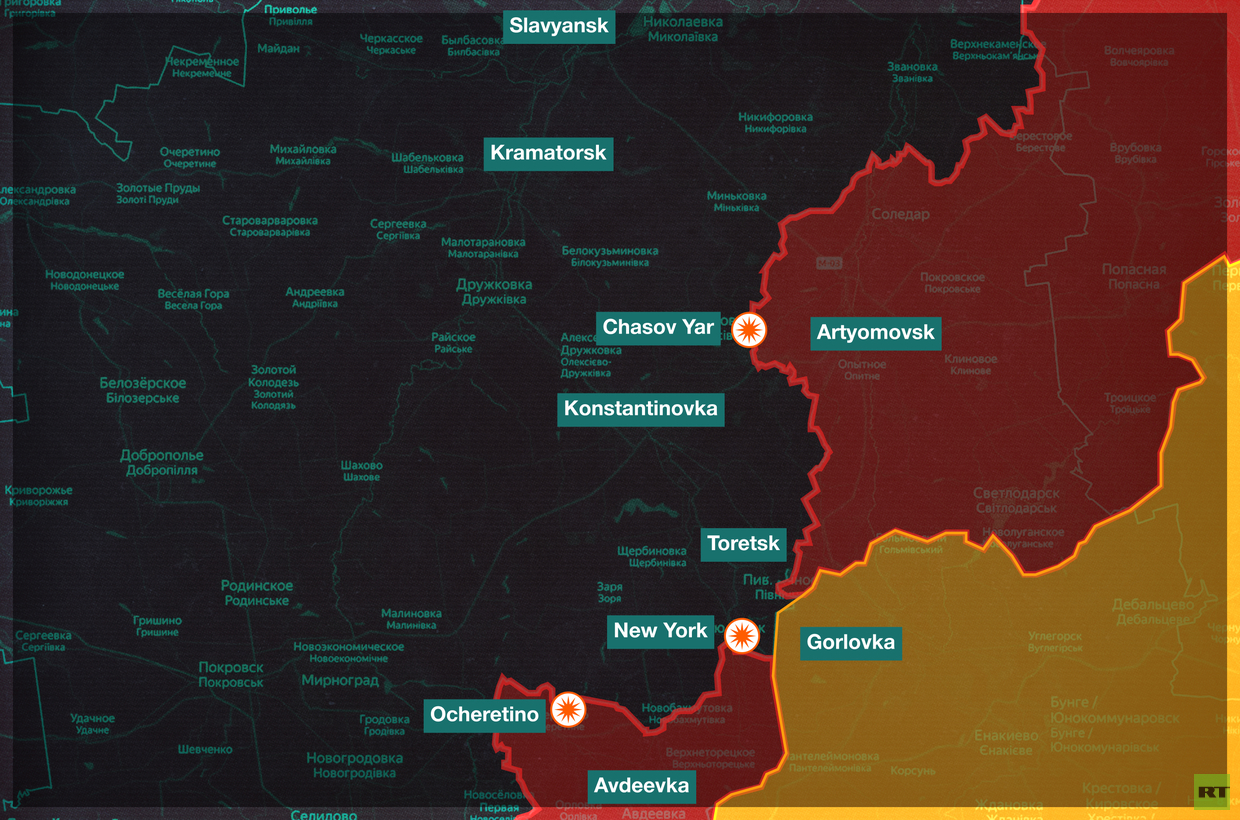
It’s essential to remember that this isn’t about rapid breakthroughs reminiscent of World War II maneuvers. It’s a slow, methodical grinding down of enemy positions, akin to World War I trench warfare. Slow doesn’t mean ineffective, though. The Ukrainian forces are in a dire situation, continuously draining their already-scant reserves. Their most experienced and well-prepared units operate like fire brigades, plugging gaps wherever needed. Eventually, there will come a point where there simply aren’t enough well-equipped battalions with high morale and training to counter the relentless assaults from all directions.
